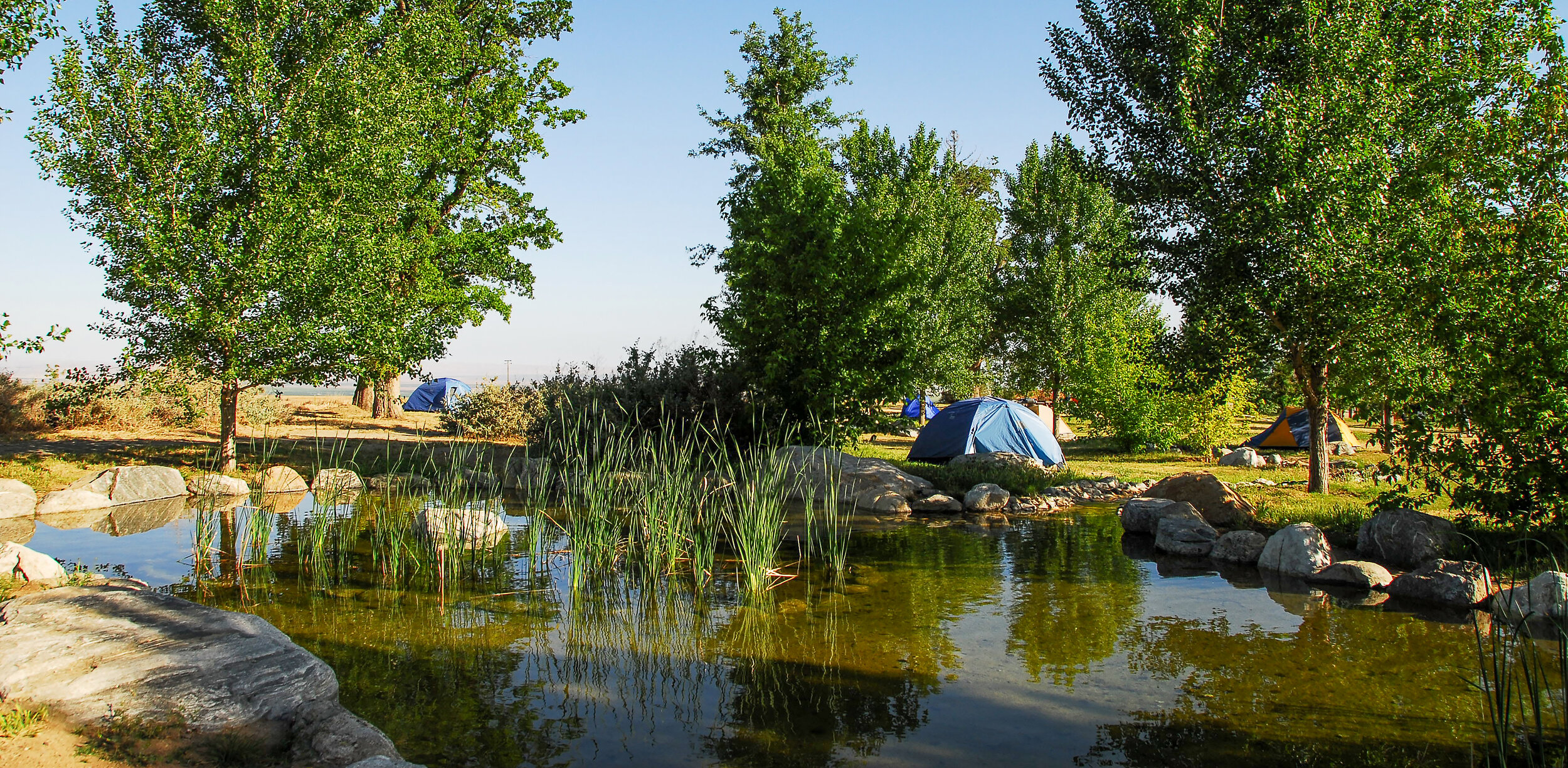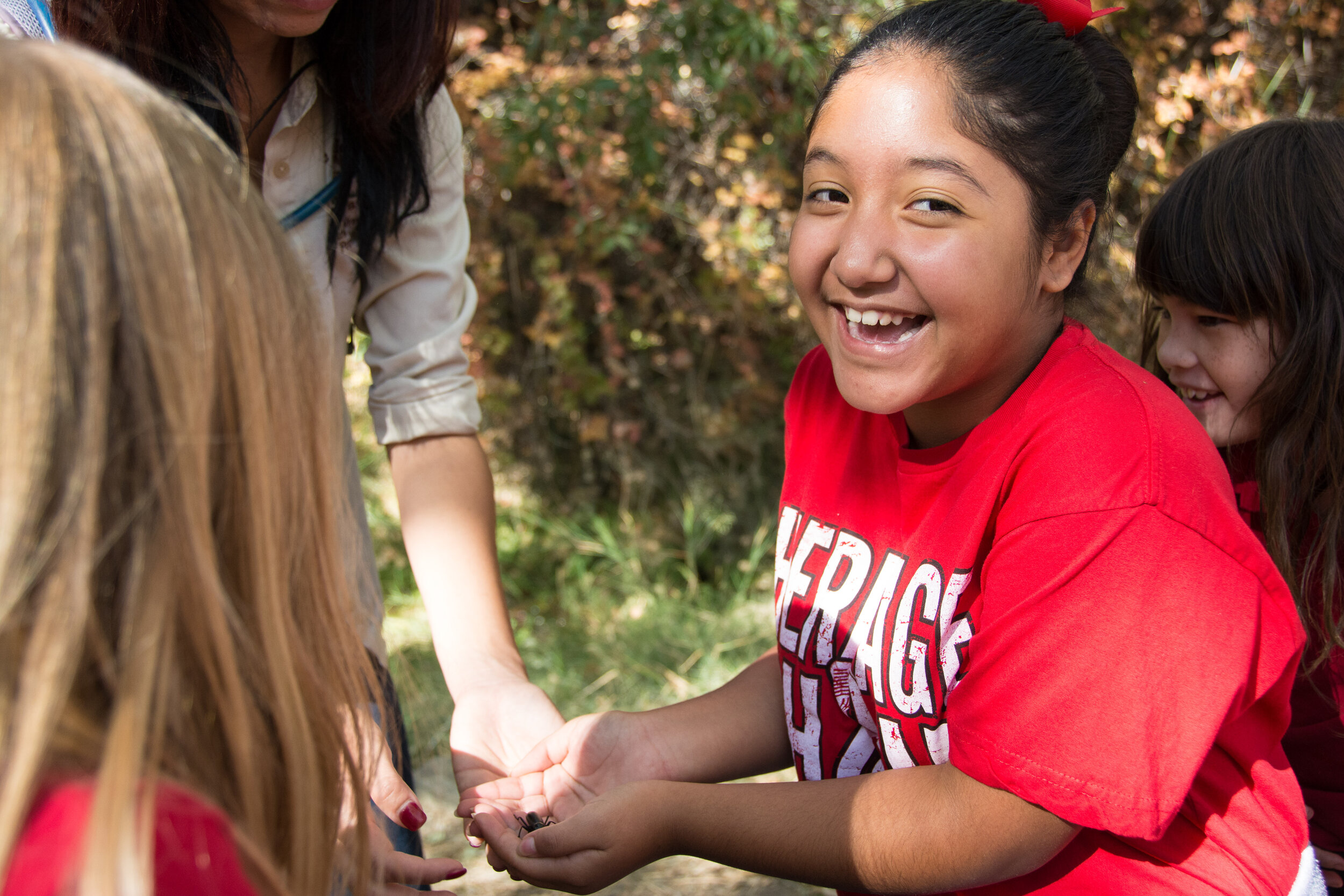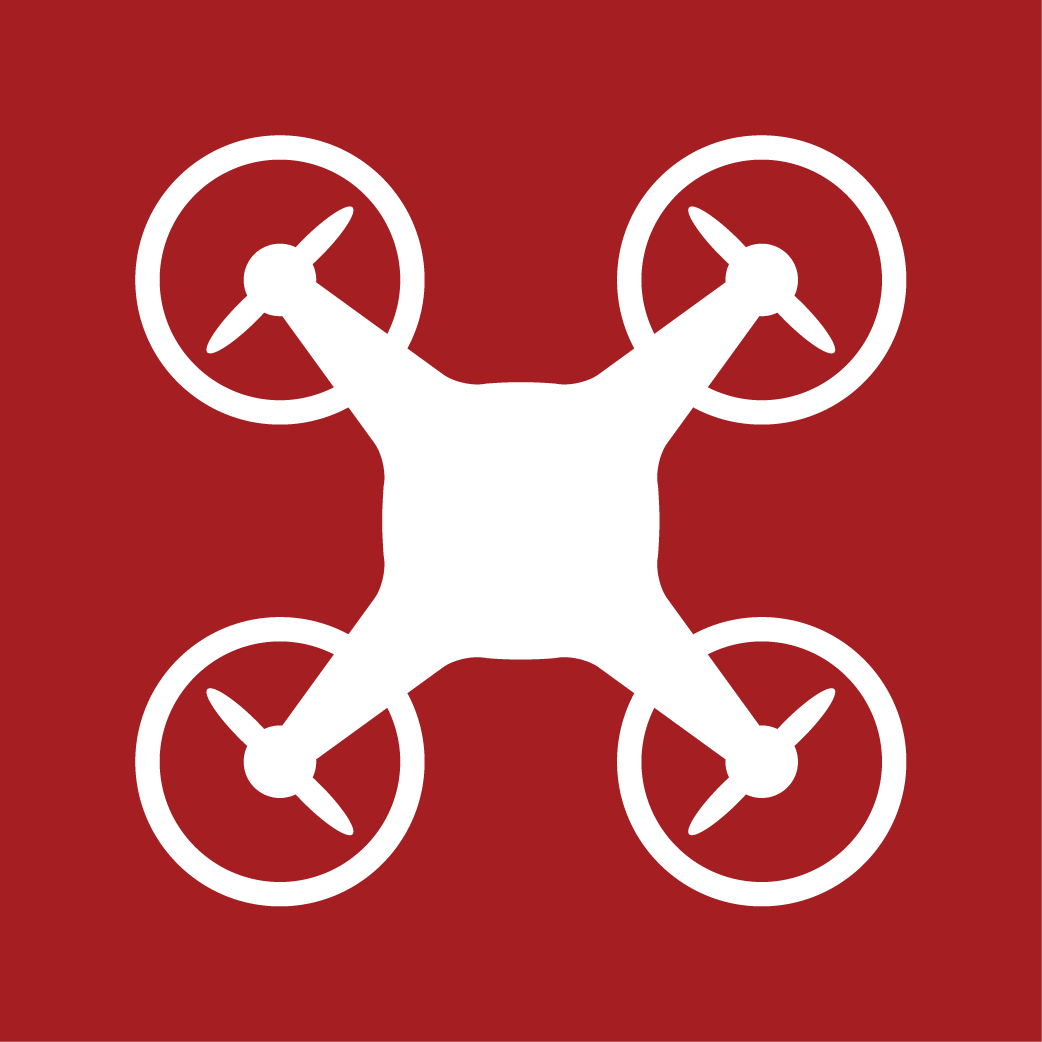























WIND WOLVES PRESERVE
Wind Wolves Preserve is in an ecologically unique region where the Transverse Ranges, Coast Ranges, Sierra Nevada, western Mojave Desert and San Joaquin Valley influences converge. Due to elevation ranges from 640 to 6,005 feet, the Preserve has an impressive array of landforms and habitats that serve as a critical landscape linkage and wildlife corridor between the Coast Ranges and Sierra Nevada.
On the San Joaquin Valley floor, the Preserve is a 30-square-mile veritable sea of grasslands with remnant stands of saltbush. These grasslands are home to the endangered San Joaquin kit fox and blunt-nosed leopard lizard as well as one of the largest stands of the endangered Bakersfield cactus. The Preserve’s main wetland is home to the Buena Vista Lake ornate shrew—one of the most endangered mammals in the United States. Rolling grasslands rise from the valley floor, transitioning into classic California blue oak and valley oak savanna with extensive riparian wetlands. The oak savanna ascends into juniper and pinyon forests that vault into stands of ponderosa pine and big cone spruce.
Volunteers have played a major role in working with staff to restore this heroic landscape. Fourteen years of monthly work parties have removed invasive tamarisk from 30 miles of stream channels. Volunteers have made miles of boundary fencing antelope friendly, as well as make kit fox dens for the recruitment of kit foxes. And volunteers through school, family work parties, and collaborating organizations have planted tens of thousands of native trees and shrubs.
The preserve includes the entire San Emidio Land Grant, once owned by John C. Fremont. Wind Wolves’ rich cultural history includes some of the most noteworthy Native American rock art in North America.

PRESERVE HOLIDAY HOURS
Thanksgiving
CLOSED
Christmas Eve
CLOSED
Christmas Day
CLOSED
New Years Eve
8:00 am - 3:00 pm
New Years Day
8:00 am - 5:00 pm
PLAN YOUR VISIT
PRESERVE HOURS
8 AM to 5 PM
Seasonal Hours
ADMISSION
FREE
CONTACT US
(661) 858-1115
windwolvespreserve@wildlandsconservancy.org
GETTING HERE
16019 Maricopa Highway
Bakersfield, CA 93311
Get Directions
THINGS TO DO
AMENITIES
PROHIBITIONS
SAFETY
LEAVE NO TRACE
Pack it in, Pack it out.
Take any trash you make with you.
Leave What You Find.
Allow others a sense of discovery by leaving rocks, plants, archaeological artifacts and other objects of interest as you find them.
Respect Wildlife.
Learn about wildlife through quiet observation. Do not disturb wildlife or plants just for a “better look.” Observe wildlife from a distance so they are not scared or forced to flee.
Be Considerate of Others.
One of the most important components of outdoor ethics is to maintain courtesy toward other visitors. It helps everyone enjoy their outdoor experience.
Principles courtesy of Leave No Trace Center for Outdoor Ethics.
RESOURCES

FREE CAMPING
Spend the night under the stars in San Emgidio Canyon.

FREE INTEPRETIVE PROGRAMS
From guided hikes to nature crafts, our programs have something for everyone.
CONSERVATION OUTCOMES
An important conservation outcome of The Wildlands Conservancy’s ownership of Wind Wolves Preserve is that Wildlands assembled and led a Tejon Ranch Working Group 0f ten conservation organizations that resulted in an agreed plan to double the targeted amount of conserved land on the neighboring Tejon Ranch to over 230,000 acres.
The Conservancy’s restoration of hundreds of acres of wetlands has recruited over 5,000 nesting pairs of the endangered tri-colored blackbird. In 1998, Wildlands collaborated with the California Department of Fish and Wildlife to reintroduce 19 tule elk to their historic range. This herd has grown to over 400 elk and plays an important role in the Preserve’s ecosystem. Hundreds of valley oaks have been successfully grown from acorns at our on-site nursery, which is permitted to grow and transplant the endangered Bakersfield cactus, with over 5,000 new cacti planted to date. Restoration of salt bush to the grasslands has played an important role in bringing back the endangered kit fox and blunt-nose leopard lizard.

LEND A HAND AT WIND WOLVES
You can pitch in with restoration work, visitor interaction, guide education programs, and more!
THE LATEST FROM WIND WOLVES PRESERVE
Daisy Carillo has been with The Wildlands Conservancy for ten years. Currently, Daisy is the preserve manager for Wind Wolves Preserve. Consisting of 93,000 acres, the Preserve is nestled in a unique ecological region where the Transverse Ranges, Coast Ranges, Sierra Nevada, western Mojave Desert and San Joaquin Valley influences converge.
Mountain lions are solitary and secretive animals, which is why most native Californians have never seen the elusive mountain lion in the wild. These cats are considered an ‘umbrella species’ for conservation, meaning that by preserving enough wilderness to support a stable mountain lion population, countless other plant and animal species that share its habitat also benefit.
Tule elk are one of three subspecies of elk found in California, and are the smallest of all elk species in North America. In 1998, The Wildlands Conservancy coordinated with the California Department of Fish and Game to relocate tule elk to Wind Wolves Preserve.
Continue reading to learn more about what how The Wildlands Conservancy has successfully reintroduced this majestic species.
Tule elk are one of three subspecies of elk found in California, and are the smallest of all elk species in North America. In 1998, The Wildlands Conservancy coordinated with the California Department of Fish and Game to relocate tule elk to Wind Wolves Preserve.
Continue reading to learn more about what how The Wildlands Conservancy has successfully reintroduced this majestic species.
It’s hot out there! With temperatures on the rise, The Wildlands Conservancy’s Wind Wolves Preserve has transitioned to summer evening programming including Night Hikes and Movies in the Canyon. On August 6, join us for a special evening event, Behold the Beauty of the Night Sky, to enjoy the wonders of the stars. You can find out more about our free programs below, or visit our program calendar online.
Continue reading to learn more about what The Wildlands Conservancy is up to this summer at Wind Wolves Preserve.
In April, a team of scorpion researchers from the Arachnology Department at the California Academy of Sciences conducted a population survey in San Emigdio Canyon. In addition to cataloging a unique scorpion species, they also found other unusual species for the region. Check out the article to learn more.
Did you know that ancient pollen exists in soil? Find out why a team of paleobotanists from the University de Montpellier in France made a visit Wind Wolves Preserve this spring to collect fossil pollen.
On several late evenings across May and June 2022, visiting bat researcher Zeinab (Rose) Haidar (graduate student at Cal Poly Humboldt) and several field assistants, including bat expert William E. Haas (Director of the Central Coast Bat Survey), recorded audio and physical data on Wind Wolves Preserve bat species. Check out this article to find out what the research team learned.
If you’ve explored the Wildflower Loop or the beginning of the San Emigdio Canyon Trail, you may have noticed clusters of a small cactus in the beavertail family.
What looks like maybe a small handful of cactus plants that border these trails to our everyday hikers is in fact one of our proudest and most successful restoration projects on The Wildlands Conservancy’s Wind Wolves Preserve…
Enjoy a collection of photographs taken at Wind Wolves Preserve during during the winter months.
In partnership with The Wildlife Conservation Board and the United States Department of Agriculture (USDA) Natural Resource Conservation Service, Wind Wolves Preserve has been restoring 6.7 acres of riparian (stream-side) habitat along Santiago Creek, a seasonal creek on the western edge of the Preserve.
This summer, Wind Wolves Preserve partnered with the Sacramento-based Bird of Prey Health Group (formerly known as the California Foundation for Birds of Prey) to release a golden eagle (Aquila chrysaetos) on the Preserve. The team at the Bird of Prey Health Group had been rehabilitating this raptor for about 3.5 years, treating her for West Nile Virus, which she had contracted as a juvenile, and then teaching her how to hunt.
As wildfires devastate natural areas and communities across our state, Wind Wolves Preserve strives to minimize the possibility of a blaze on our 93,000 acres and mitigate damage should flames ignite.
The Wind Wolves Preserve ranger team is driven by the desire to encourage others, both young and old, to share in their appreciation for nature and its beauty. Whether listening to the peaceful sound of a spring-fed creek, spotting wildlife prints, or observing a condor soaring in the skies, experiences such as these build a tremendous foundation for one who seeks connectivity and appreciation for the simple things in life.
When hiking at Wind Wolves Preserve, you will likely come across some animal scat, which is the scientific term for poop. Coyotes and bobcats, especially, tend to use our trails as their toilet. What happens to all this scat?



















































